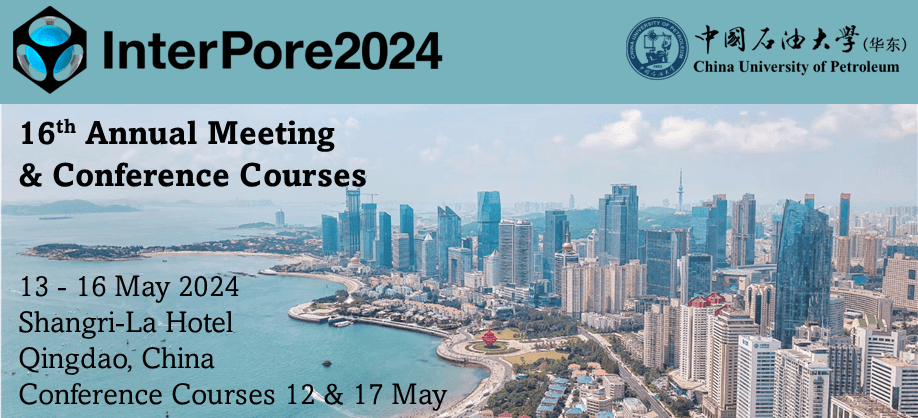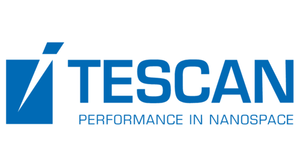Speaker
Description
Abstract: The microbially induced calcite precipitation (MICP) technique holds promising applications in groundwater remediation, gas storage, soil improvement, and rock fracture sealing. In this study, a two-dimensional pore-scale numerical model is developed to simulate the coupled flow, reactive mass transport processes, and precipitation processes in MICP. In the presented model, the lattice Boltzmann method (LBM) and finite element method (FEM) are employed to solve the incompressible Navier-Stokes equations and the advection-diffusion-reaction (ADR) equation, respectively. The presented model considers the processes of bacterial transport and attachment, ureolysis, and the bacterial and calcite detachment induced by the shear effects of the flow. With the presented model, multiple field profiles including the flow field, concentration field, and the calcite distribution can be obtained in the pore space. The presented numerical model is validated based on the experimental data from the literature. To investigate the effect of heterogeneous pore structures on calcite distribution, different scenarios are carried out. The simulation results demonstrate that the pore structures with large pore throats result in more calcite accumulation. For heterogeneous pore structures with upper or lower distribution, the calcite distribution is dominated by the flow direction. Moreover, the quantitative results are presented in the evolution curves of calcite proportion, and the trend of evolution curves in different areas can reflect the homogeneity of the calcite distribution. The distribution of the evolution curves in various areas is aggregated, indicating a uniform calcite distribution.
| Country | China |
|---|---|
| Conference Proceedings | I am not interested in having my paper published in the proceedings |
| Acceptance of the Terms & Conditions | Click here to agree |




.jpg)
